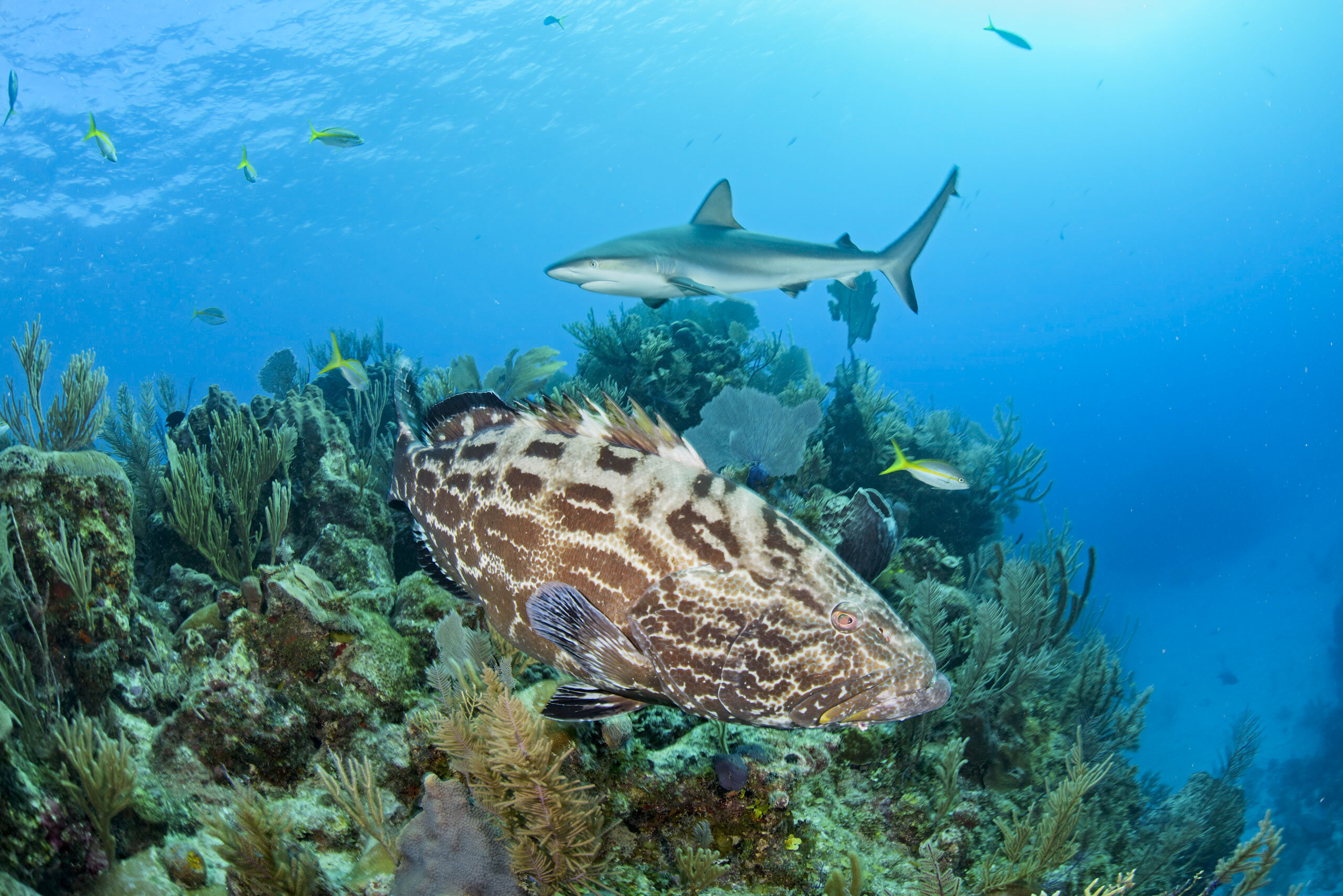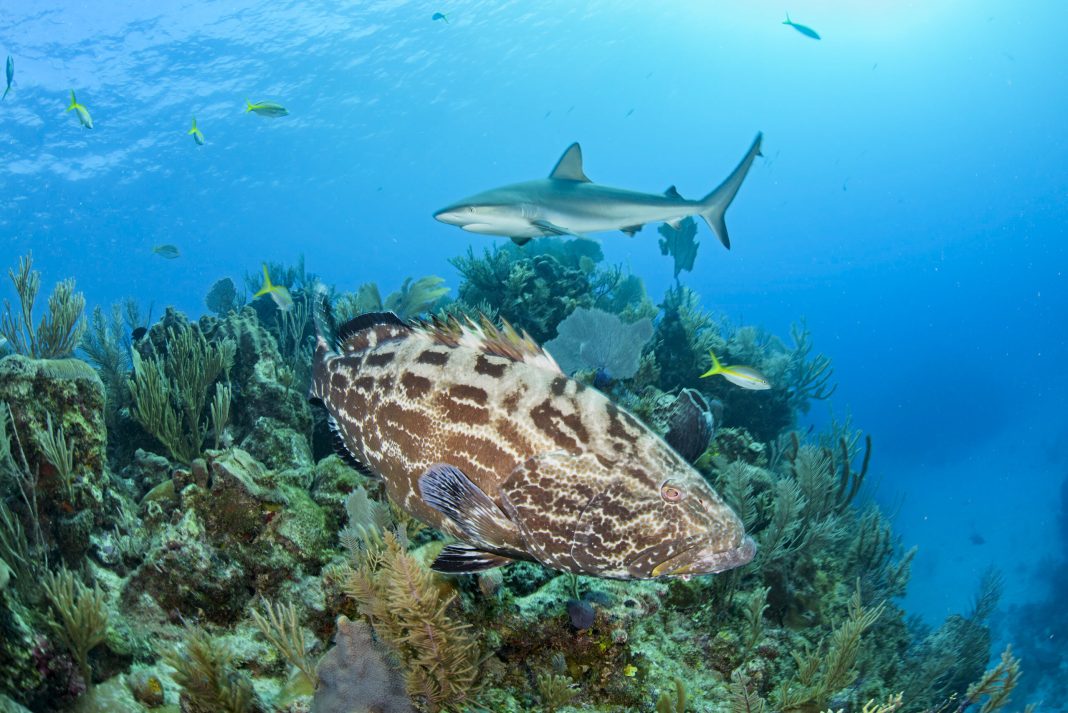
A team of oceanographers recently made an extraordinary discovery off the coast of Chile – a massive undersea mountain that surpasses the height of Greece’s Mount Olympus. This remarkable find, made by researchers from the Schmidt Ocean Institute of California, has shed light on a previously unknown ecosystem thriving beneath the ocean’s surface.
During their 28-day expedition on the R/V Falkor vessel, equipped with a sonar system, the team mapped part of the sea floor and stumbled upon this never-before-seen seamount. The sonar system works by sending sound waves down, which bounce back off the surface, allowing researchers to measure the time it takes for the sound waves to return. This method provides them with a detailed understanding of the seabed topography.
The unnamed peak, located about 900 miles from South America, stretches an astonishing 1.9 miles towards the surface from the Pacific Ocean floor. It is taller from base to peak than Mount Olympus itself, which stands at 9,570 feet high. However, it falls short of Japan’s Mount Fuji, which reaches a height of 12,388 feet. To put it into perspective, this underwater mountain nearly quadruples the height of Dubai’s Burj Khalifa, the current tallest building in the world, which stands at 2,723 feet.
This discovery is not only fascinating in terms of its size but also because of the thriving ecosystem it supports. The underwater mountain is home to a diverse range of species, including sponge gardens, ancient corals, and several rare sea creatures. The team captured incredible footage of the Bathyphysa conifera, also known as the flying spaghetti monster, as well as the elusive Casper Octopus. Additionally, they observed a rare Promachoteuthis squid, marking the first time this creature has been seen alive.
The significance of this finding goes beyond the immediate discovery itself. It highlights the vast unexplored areas of our oceans. Despite covering 71% of the Earth’s surface, only about a quarter of the ocean floor has been mapped to date. Scientists estimate that there are at least 100,000 seamounts worldwide, offering unique habitats for various sea species. The exploration of these seamounts is crucial for understanding and conserving marine biodiversity.
The Schmidt Ocean Institute’s expedition not only uncovered this impressive undersea mountain but also revealed a total of 25 seamounts and over 170 previously unknown species. Prior to these expeditions, only 1,019 species were known to inhabit this part of the Pacific Ocean. The newly discovered species will contribute to the Ocean Census, an international effort to record and identify 100,000 unknown species within the next decade. This data will play a vital role in informing conservation efforts and protecting these remarkable marine ecosystems.
The significance of the newly mapped underwater mountain off the coast of Chile extends beyond its size and the unique species it sustains. The Nazca Ridge, where this seamount is located, could soon become the world’s first protected marine area in deep, international waters. A new United Nations treaty adopted in 2023 aims to safeguard this region, recognizing its ecological importance. The Schmidt Ocean Institute’s discoveries provide valuable data to support the case for the protection of this fascinating and diverse marine environment.
In conclusion, the discovery of this massive undersea mountain off the coast of Chile has provided researchers with valuable insights into the unexplored depths of our oceans. The size and biodiversity of this underwater ecosystem are truly remarkable and highlight the need for further exploration and conservation efforts. The findings from the Schmidt Ocean Institute’s expedition not only contribute to our understanding of marine biodiversity but also support the case for protecting these unique environments for future generations.


